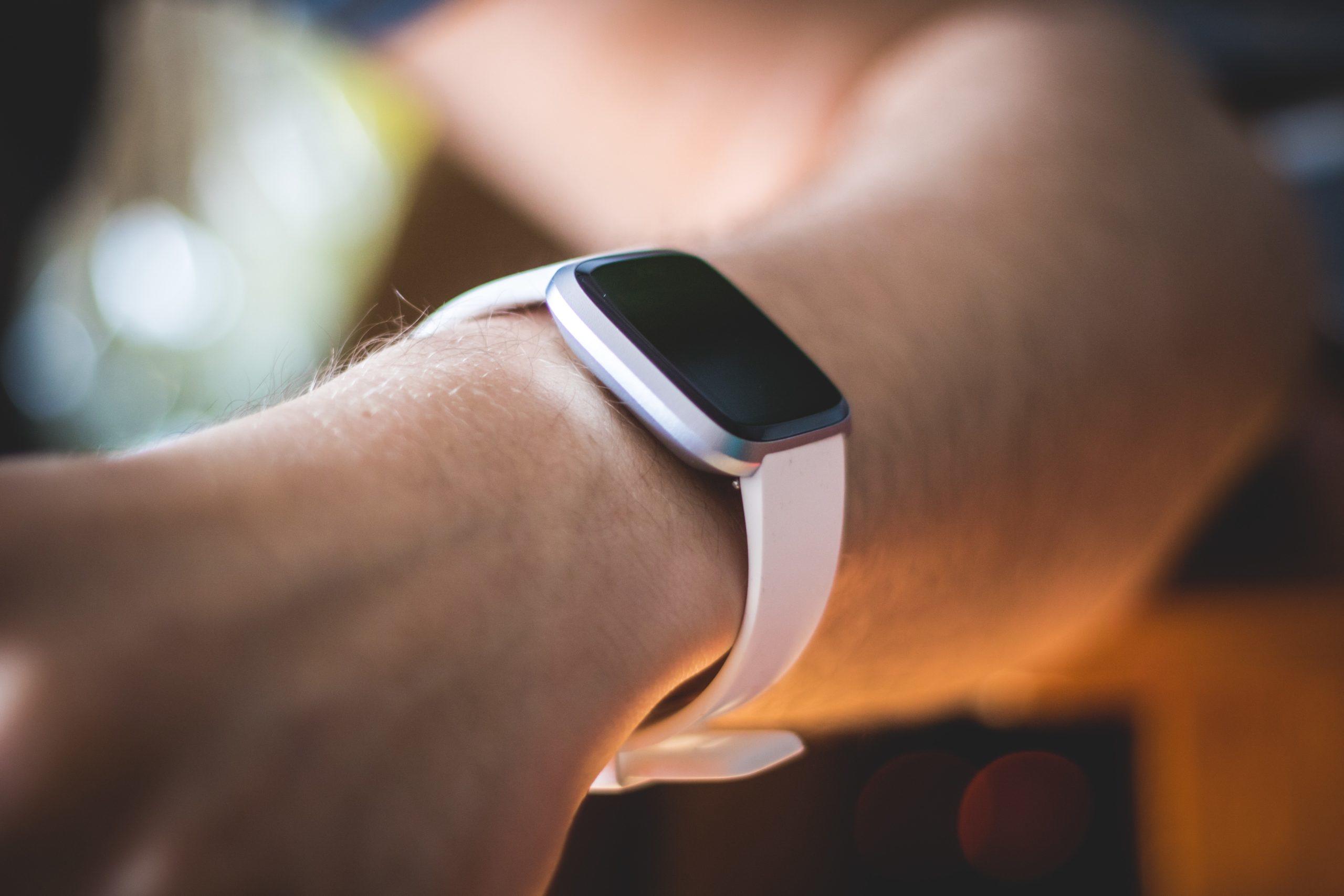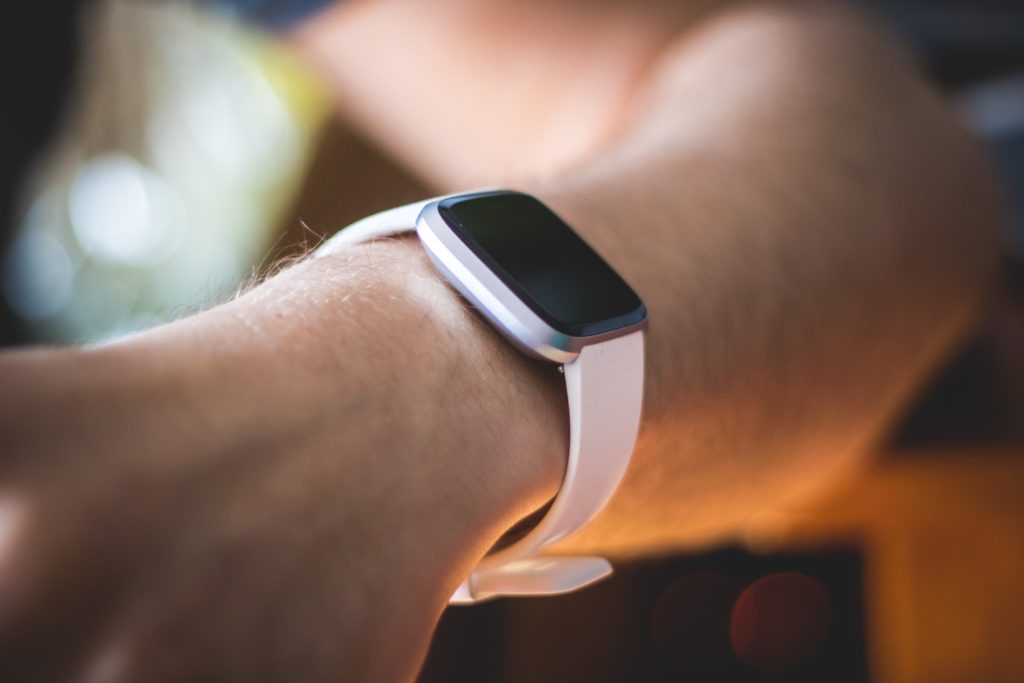The Opportunities and Challenges of Remote Patient Monitoring
 3 years ago
By Charlotte Di Salvo
3 years ago
By Charlotte Di Salvo

The success of decentralised clinical trials during the pandemic was dependent on telemedicine to monitor patient health and collect data. Actigraphy bracelets and video consultations are a few examples of how patients can be monitored remotely for healthcare and data collection for clinical trials. While remote patient monitoring has come a long way in the last few years, there continue to be a number of challenges that need to be addressed.
Decentralised clinical trials work on the basis that patients are no longer required to visit clinical trial sites. In comparison to traditional clinical trials, patient recruitment and consent were all facilitated electronically. In the case of the COVID-19 pandemic, decentralised trials were essential to continue research. CROs needed to develop methods of monitoring patient health as well as collecting data virtually. Remote patient monitoring is described as “the advances in information technology used to gather patient data outside of traditional healthcare settings”. Telehealth, on the other hand, refers to the actual technology that enables RPM, like a Fitbit watch.
For daily articles on the latest pharma trends and innovations, as well as interviews with leading experts and in-depth industry White Papers, subscribe to PharmaFeatures.com.
Wearable devices
In order to facilitate remote patient monitoring, a number of wearable devices have been developed to accurately record health data as part of patients’ daily routine.
Actigraphy bracelets
Actigraphy devices are a form of telemedicine typically worn around the wrist. While they can be used to measure heart rate during fitness, they are also used to record the sleep cycle via changes in muscle tone.
In the past, clinical trials investigating sleep disorders or disturbances have relied on polysomnography (PSG), a type of sleep study recorded in a lab. However, in the last few years an increasing number of sleep studies are utilising actigraphy bracelets as an alternative to the traditional sleep lab for remote monitoring.
A 2020 study assessing the comparability of actigraphy bracelets vs PSG in sleep assessment found that sleep quality metrics of sleep period efficiency and wake-after-sleep-onset computed by ACT-S1 (actigraphy) were not significantly different from PSG-EEG. According to the team, the results provide evidence of “promising performance of a full-automation of the sleep tracking procedure with ACT-S1 on older adults”.
In comparison to PSG, actigraphy is a less clinical and non-invasive measurement of sleep in a more natural environment over a long period of time. PSG is also a greater financial burden due to the limited period of measurement and the cost of running a sleep unit, specialized technicians and expensive equipment.
Actigraphy bracelets have proven an important tool for clinical research involving mentally vulnerable individuals. One of the most reported symptoms in veterans with PTSD is a significantly impaired sleep regime, whether it be nightmares or insomnia. Therefore, sleeping in an unknown environment like a sleep lab could trigger anxiety, especially where trauma is associated with the dark. Actigraphy enables the recording of the natural sleep cycle at home, reducing mental distress that could harm the patient and compromise the reliability of the data.
Telehealth visits
Clinical consultations over video conferencing is another example of telemedicine utilised in clinical research and healthcare settings. Telehealth visits are a valuable tool for two reasons: firstly, it reduces the cost of funding a location for clinics and travel reimbursements. Secondly, it reduces the burden of the patient travelling to sites for multiple visits which can be time-consuming and not always easy if transport is not accessible.
A 2017 case study supports the value of telehealth. In this case, a clinical trial participant with stage 4 non-small cell lung cancer was able to continue receiving care and monitoring throughout treatment using video consultations. The use of telehealth proved to be useful as the patient was located rurally, so may not have had easy access to the healthcare.
Challenges
While the benefits of telemedicine are evident in the latest research, there are several challenges that need to be addressed. Remote patient monitoring requires collection of health data virtually using telemedicine devices rather than in-person at the clinic. This presents obvious data security concerns with regards to the risk of cyber attacks due to health data transmitted over wifi connection for example.
The significant privacy and security risks in telehealth systems have been suggested to adversely affect patients’ and clinicians’ level of trust and willingness to adopt and use the system. The secure storage and processing of sensitive data such as electronic medical records and clinical trial consent is of paramount importance to reinforce trust between clinicians and patients.
Block chain technology is emerging as a popular choice in clinical research for data security. The basis of blockchain is a large datastore which is incorruptible and traceable, spreading data over large datastores, rather than a single platform. The benefit of this is that the confidential data collected virtually is less vulnerable to hacking or infringement.
The digital divide
The digital divide is another concern for remote patient monitoring. This specifically refers to the difficulty of certain populations using modern technology or the internet. This is an issue for data collection, as it may not be recording the required information or may be tampered with by accident. In addition, those with limited understanding of modern technology may become frustrated with devices which could lead to drop outs. In terms of video consultations, technical difficulties such as internet problems or poor software knowledge can create additional stress for patients.
The digital divide continues to present an issue for many groups including the elderly population, patients in rural locations, and poorer individuals with limited access to the internet devices. According to a 2019 study, 21 million people in the US still lack broadband access. This emphasises how specific populations are potentially missing on participation in clinical research using telemedicine, and raises the question as to how remote patient monitoring can be adjusted to address this issue.
The shift to telemedicine in clinical research has demonstrated the feasibility of health data collection outside of the clinic, reducing a significant amount of time and resources. In addition, the patient-centric approach of remote monitoring enables the recording of real-world data, a valuable part of clinical trial outcomes. Finally, the rapid adaptation to digital platforms has demonstrated how the industry is evolving to “deliver approaches that reduce patient burden, increase patient engagement, and promote trial continuity”.
Charlotte Di Salvo, Junior Medical Writer
Proventa International

Navigating the Complex World of Global Regulatory Affairs in Oncology
In today's fast-paced global pharmaceutical landscape, the regulatory affairs sector plays a pivotal role in ensuring the safety, efficacy, and market access of oncology drugs. As the demand for innovative cancer therapies continues to grow, understanding the intricacies of global...
11 months agoNavigating the Complex World of Global Regulatory Affairs in Oncology
In today's fast-paced global pharmaceutical landscape, the regulatory affairs sector plays a pivotal role in ensuring the safety, efficacy, and market access of oncology drugs. As the demand for innovative cancer therapies continues to grow, understanding the intricacies of global...
11 months ago
Overcoming the Hurdles: Navigating the Challenges in Oncology Clinical Trials
In the world of medical research, oncology clinical trials are at the forefront of innovation and discovery. These trials play a crucial role in advancing our understanding of cancer and developing more effective treatments. However, the path to successful oncology...
11 months agoOvercoming the Hurdles: Navigating the Challenges in Oncology Clinical Trials
In the world of medical research, oncology clinical trials are at the forefront of innovation and discovery. These trials play a crucial role in advancing our understanding of cancer and developing more effective treatments. However, the path to successful oncology...
11 months ago
Embracing a Patient-Centric Approach in Oncology Trials
In the realm of healthcare and medical research, the term "patient-centric" has gained significant traction in recent years. This shift in focus towards prioritizing patients' needs and preferences is not only transforming the healthcare industry but is also making waves...
11 months agoEmbracing a Patient-Centric Approach in Oncology Trials
In the realm of healthcare and medical research, the term "patient-centric" has gained significant traction in recent years. This shift in focus towards prioritizing patients' needs and preferences is not only transforming the healthcare industry but is also making waves...
11 months ago